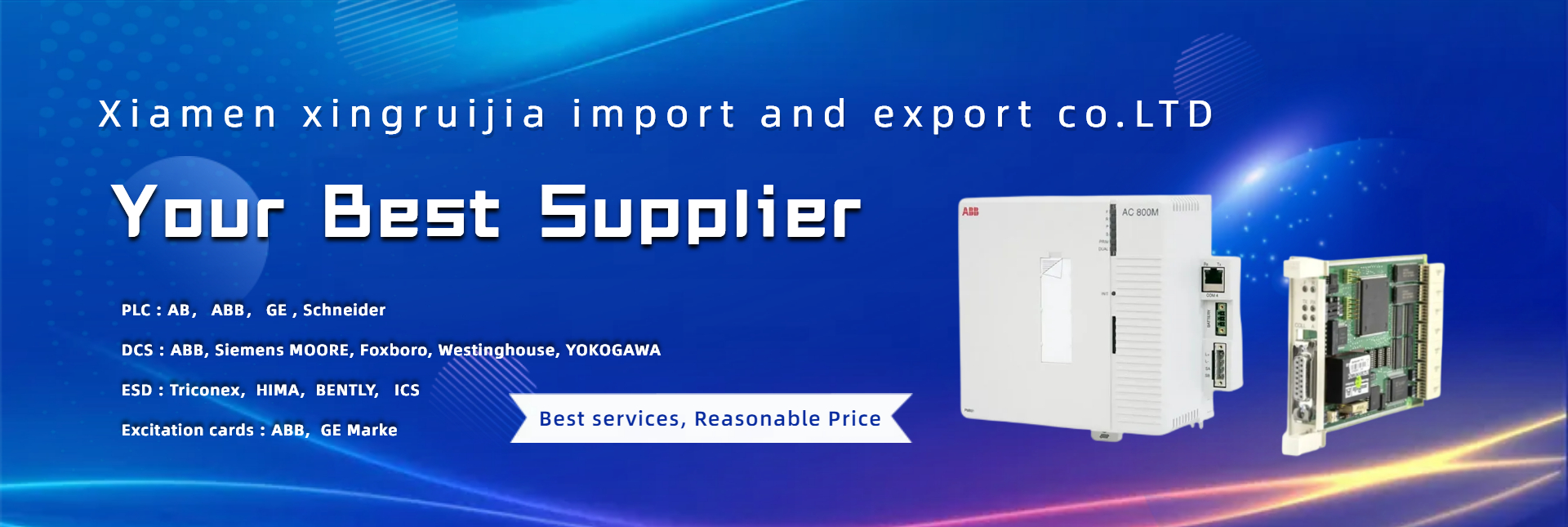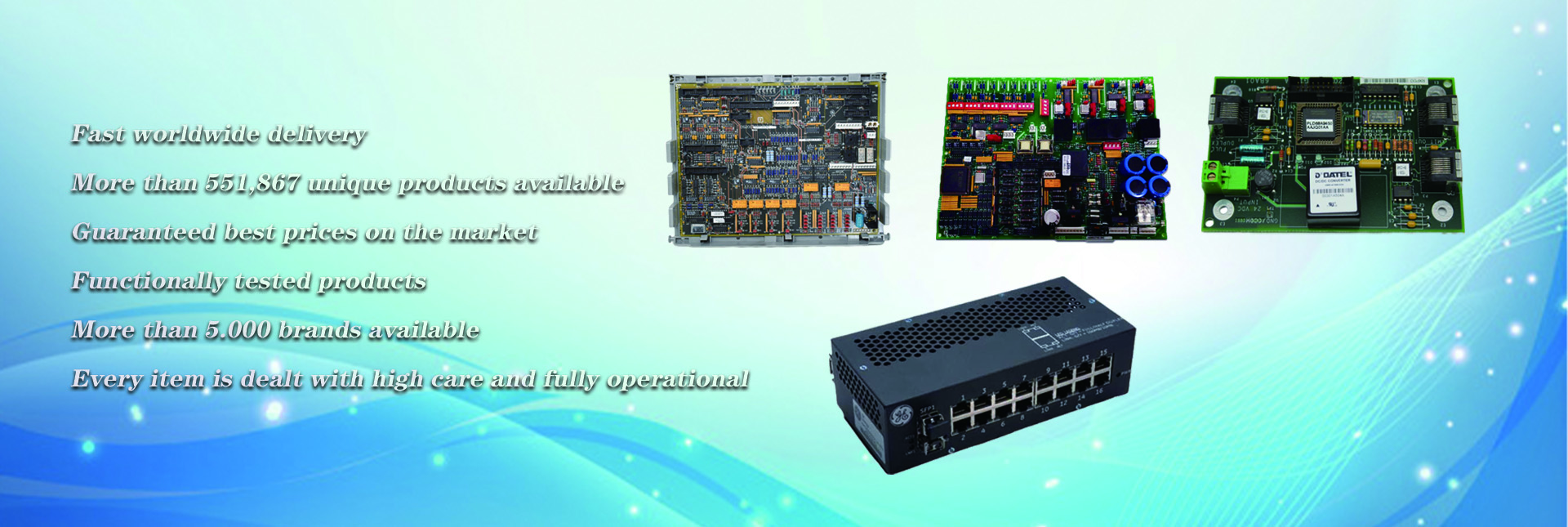There are many kinds of PLC products, and their specifications and performance are also different. The classification of PLC is generally based on the difference of its structure, function and I/O points.
1. Classification by structure
According to the structure of PLC, PLC can be divided into two types: integral type and modular type.
(1) Integrated PLC Integrated PLC is a compact structure, small size and low price, which integrates power supply, CPU, I/O interface and other components into a box. Small PLC generally adopts this integrated structure. Integrated PLC consists of basic unit (also called host) and expansion unit with different I/O points. The basic unit includes CPU, I/O interface, expansion port connected with I/O expansion unit, and interface connected with programmer or EPROM writer. There is only I/O and power supply in the expansion unit, but no CPU. The flat cable is generally used to connect the basic unit and expansion unit. The integrated PLC can also be equipped with special functional units, such as analog unit, position control unit, etc., to expand its functions.
(2) Modular PLC Modular PLC is to make each component of PLC into several separate modules, such as CPU module, I/O module, power module (some included in CPU module) and various functional modules. Modular PLC is composed of frame or base plate and various modules. The module is installed on the socket of the frame or base plate. This modular PLC is characterized by flexible configuration, different scale systems can be selected according to needs, and it is easy to assemble, expand and maintain. Large and medium-sized PLC generally adopts modular structure.
There are also some PLCs that combine the characteristics of integral type and modular type to form the so-called stacked PLC. The CPU, power supply and I/O interface of the stacked PLC are also independent modules, but they are connected by cables, and each module can be stacked layer by layer. In this way, the system can not only be flexibly configured, but also be compact.
2. Classification by function
According to the different functions of PLC, PLC can be divided into three categories: low, medium and high.
(1) The low-grade PLC has the basic functions of logic operation, timing, counting, shifting, self diagnosis, monitoring, etc. It can also have a small amount of analog input/output, arithmetic operation, data transmission and comparison, communication, etc. It is mainly used for single machine control system of logic control, sequence control or a small amount of analog control.
(2) In addition to the functions of low-grade PLC, the mid-range PLC also has strong analog input/output, arithmetic operation, data transmission and comparison, and digital conversion
Post time: Jan-09-2023


